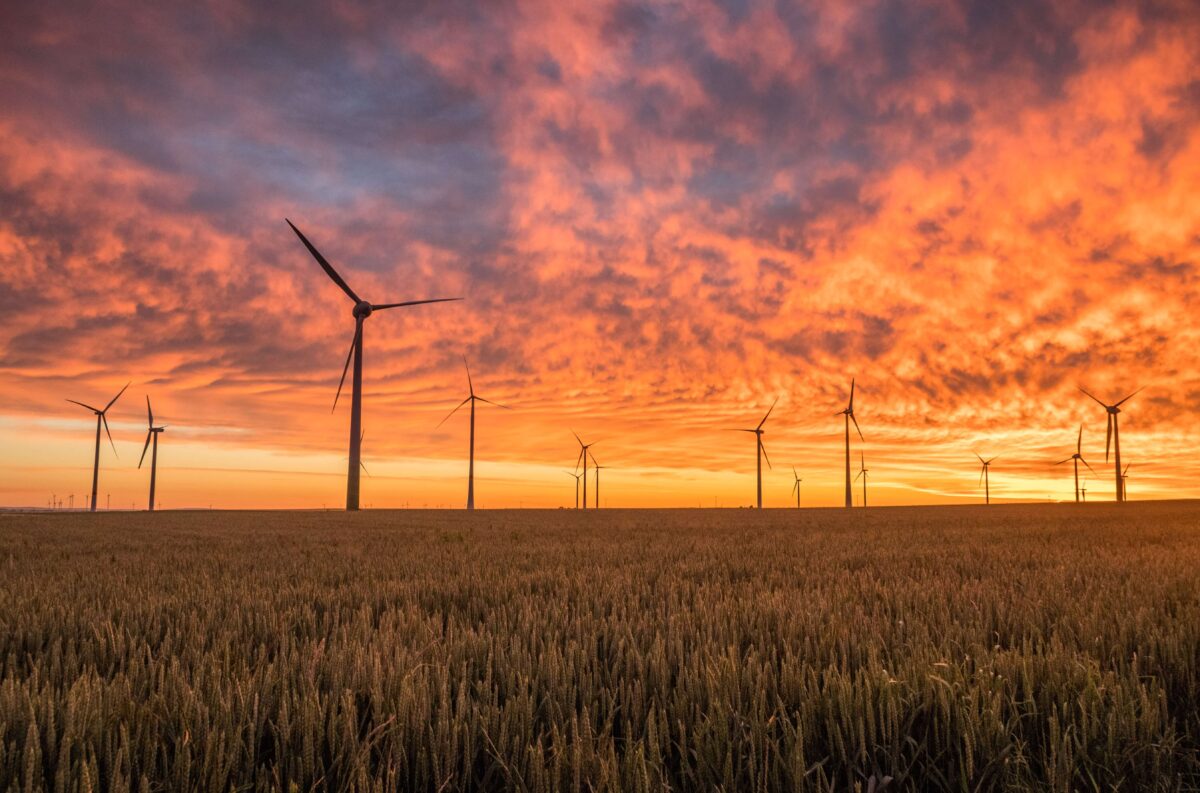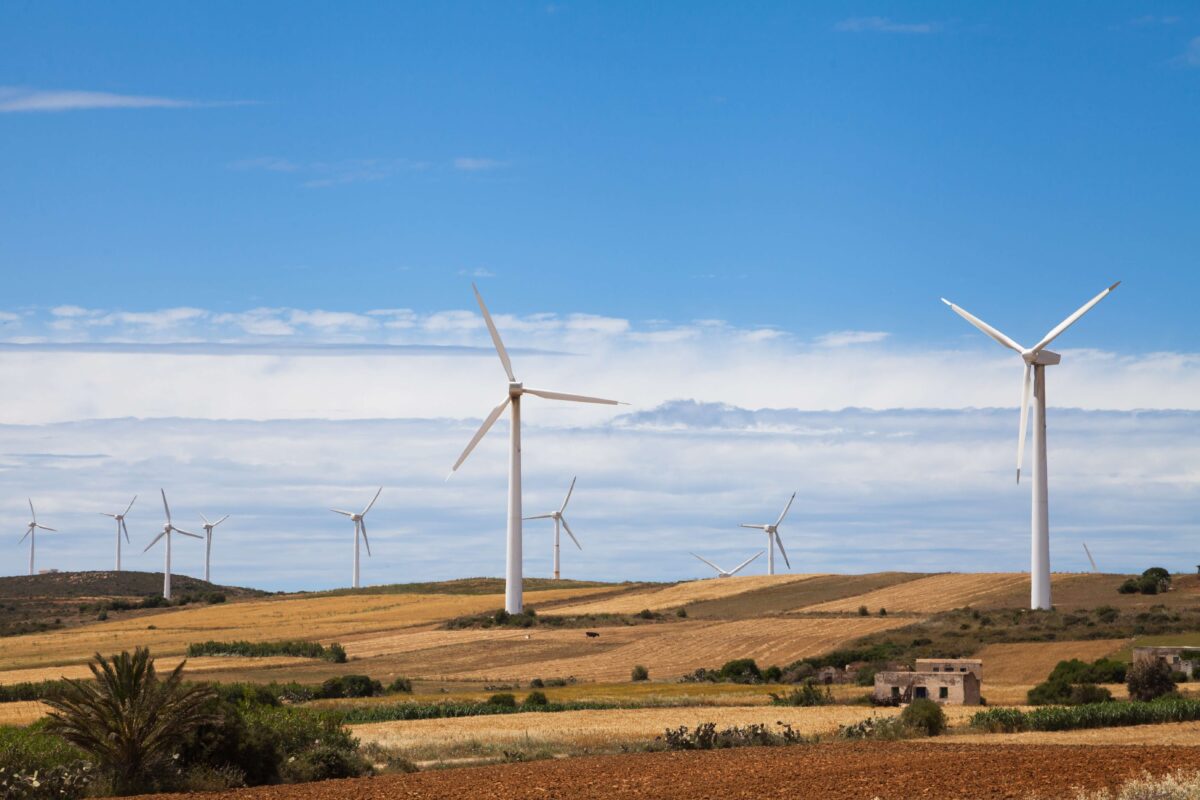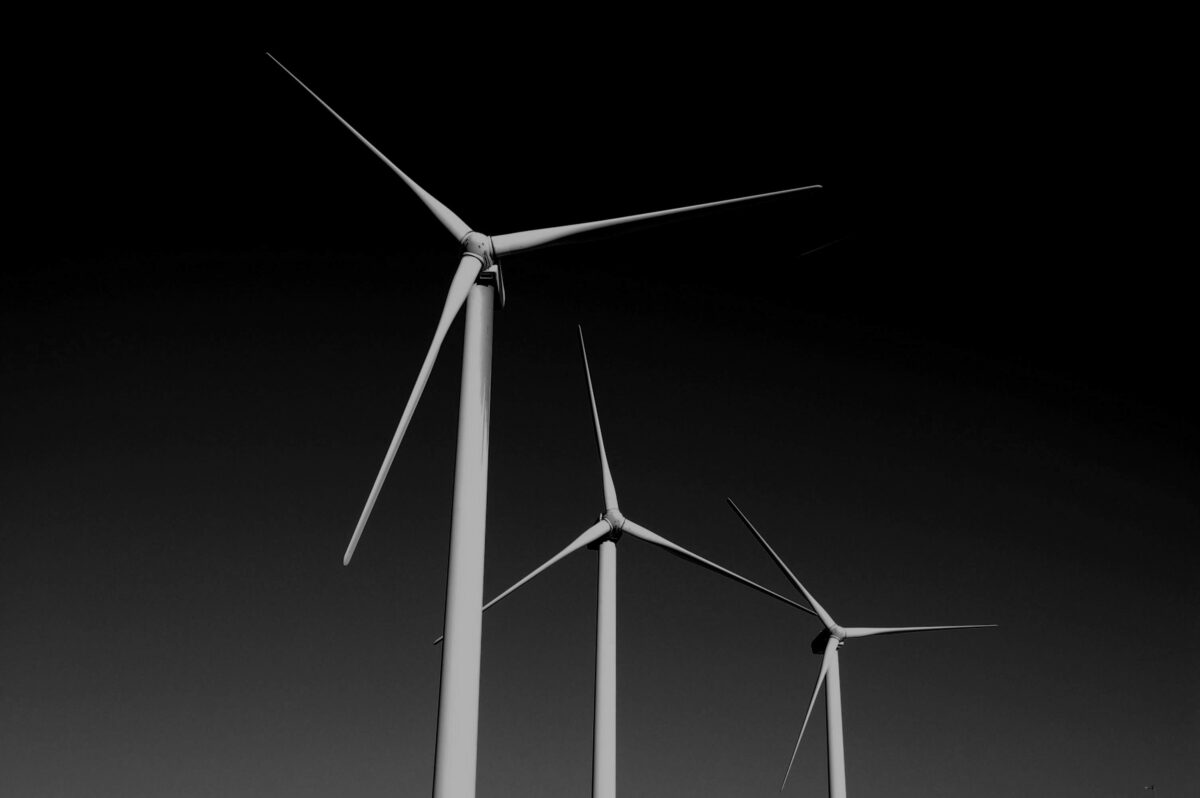Battery costs expected to fall, from July 2019 only smart electric vehicle chargers will be allowed in the UK
COP24
For the energy sector, 2018 had a big finale: COP24, held in Katowice, Poland. This is the UN climate summit to discuss and approve the Paris Agreement Work Package. Fortunately, a deal was reached between the countries in attendance but discussion of certain un-resolved topics has been postponed until next year. On top of this, the summit highlighted the urgency for change.
During the two weeks of discussions, the Global Carbon Project shared findings that the emissions in 2018 have increased from the plateau of 2014-2016 (see figure), indicating that the need for carbon reduction is vital and imminent.
Fortunately, COP24 showed that the drive for change exists and the work package was approved.
From the articles shared in this newsletter, it’s evident that, even in this time of political uncertainty, there is continued investment in decarbonising the energy sector as technologies develop and the financial opportunities become clearer.
Transport
In an attempt to enable load-smoothing and reduce the number of electric vehicles charging at peak demand, the UK Government has announced that from July 2019 only smart EV chargers will be permitted. In the same vein, Centrica has joined force with Uber and a parcel carrier firm to determine the impact of up to 3,000 electric vehicles on the local electricity grid, in conjunction with UK Power Networks, a Distribution Network Operator.
OVO Energy installed the first domestic vehicle-to-grid charge point in late 2018, a significant step for a technology and service in its infancy. Vehicle-to-grid permits two-way energy exchange between the vehicle battery and the electricity grid, which allows the electric vehicle to be used as a battery, providing a new revenue stream.
The benefits of the electric vehicle are catching on worldwide. Chile is rolling out electric vehicles (scooters, cars, taxis and lorries) across Santiago to address its infamous smog problem.
However, transport is not limited to road-vehicles. Decarbonising the aviation industry is one of the trickier challenges on the way to achieving net-zero carbon. An article in the Economist explores the use of synthetic fuels (made from green-hydrogen and carbon captured from the atmosphere) as a promising solution for long haul flights.
As with aviation, road-freight vehicles are not easily decarbonised. Although battery powered electric vehicles are suitable for the majority of domestic journeys, freight vehicles travel much longer distances, with much heavier loads – a challenge for battery capacity; but not for the company Nikola. Nikola is an American start-up that manufactures hydrogen powered lorries. They have pre-orders for 8,000 vehicles that will compete with the likes of the battery-powered Tesla Semis.
Energy Storage
The cost of energy storage is often thought to be prohibitive, however, in recent years the cost has plummeted. Envision Energy, a battery manufacturer in Shanghai, now reports that it will produce $100/kWh batteries by 2020.
Along with reducing the price, the hunt for faster charging, higher energy density, lighter batteries is constant. Graphene Corporation believe that graphene-lithium ion batteries are the answer, storing 45% more energy, weighting 30% less and charging quickly, with a phone-sized battery charging to 80% capacity in 20 minutes.
Although lithium ion batteries are well suited for quick response energy storage, it is also vital to have long term storage solutions. In South Australia, start-up 1414 Degrees (the temperature at which silicon melts) are storing energy in modules of molten silicon. When needed, the energy can then be used as electricity or heat.
Hydrogen, the golden child of the energy sector, can be used for storage as well as transport and as a gas substitute. The challenge is producing “green” hydrogen. The company Trolysis proposes a technique to produce green-hydrogen using waste aluminium.
Investment continues in large grid-scale energy storage projects. Construction work begun this month on a 6MWh battery storage system, the largest in France. The site will be able to respond in under 30 seconds to the electricity grid in order to offer frequency response.
Energy Markets
Ofgem published its Targeted Charging Review proposing to recover the cost of the transmission and distribution networks using a fixed charge. Historically, these costs have been recuperated through Triad and DUOS charges, which are usage dependant, but are vulnerable to charge-avoidance.
As individuals begin to own assets themselves, such as solar PV, batteries and electric vehicles, the energy markets will need to adapt to accept participation of individuals and aggregators. Social Energy uses AI to predict energy use patterns of the customer. This allows customers with assets, such as solar PV or household storage, to trade energy on the wholesale energy market or offer frequency response. Savings of several hundred pounds are predicted for households, depending on the assets available. These types of schemes are of dual benefit as they provide both financial gains for the household and improve the reliability of the electricity grid.
Trading on the wholesale energy market is not the only option for customers who also own assets. Verv, a UK start-up, enables peer-to-peer energy trading through AI and blockchain. Verv recently secured £500,000 investment from Innogy.
Progress in Renewables
Carbon Tracker recently reported that 42% of global coal capacity is unprofitable. By closing their coal power stations, the United States alone, could save $78 billion. By 2030, they predict that wind and solar will be cheaper than 96% of existing coal power stations. This isn’t surprising given that according to the Solar Trade Association the cost of even UK solar is beating all estimates and by 2030 could be as cheap as £40/MWh.
Commercial companies are recognising the financial and environmental advantages with firms such as the brewery Budweiser signing to buy solar power from Lightsource BP for 15 years. This contract has enabled Lighthouse BP to install 350,000 panels in the UK, subsidy free.
In mid-December, India’s Ministry of New and Renewable Energy put to tender a large 23GW solar PV plant to be developed in the north of India, in Ladakh. The tender includes transmission and substations as the project is proposed for mountainous dessert land.
And, to top this all off, for one day in the final week of November 2018, wind power in the UK provided over 32% of generation, a new record.
Heat
In decarbonising the heating system, it is necessary to move away from gas boilers. Green hydrogen is one promising alternative as it can be synthesised in a clean reaction. A recent report by the Committee on Climate Change, reviews the role of hydrogen in a low carbon economy and suggests that the government must produce a low-carbon heat strategy within the next three years.
In line with this, the UK Government has launched the Hydrogen Supply Programme – a £20 million competition to encourage development of low carbon hydrogen supply solutions. However, switching to hydrogen may add up to £50 annual to a household energy bill according to the Times article on Hydrogen gas plan for millions of homes.
In order to make green hydrogen more affordable, one project is considering whether the waste product of oxygen could be sold.




